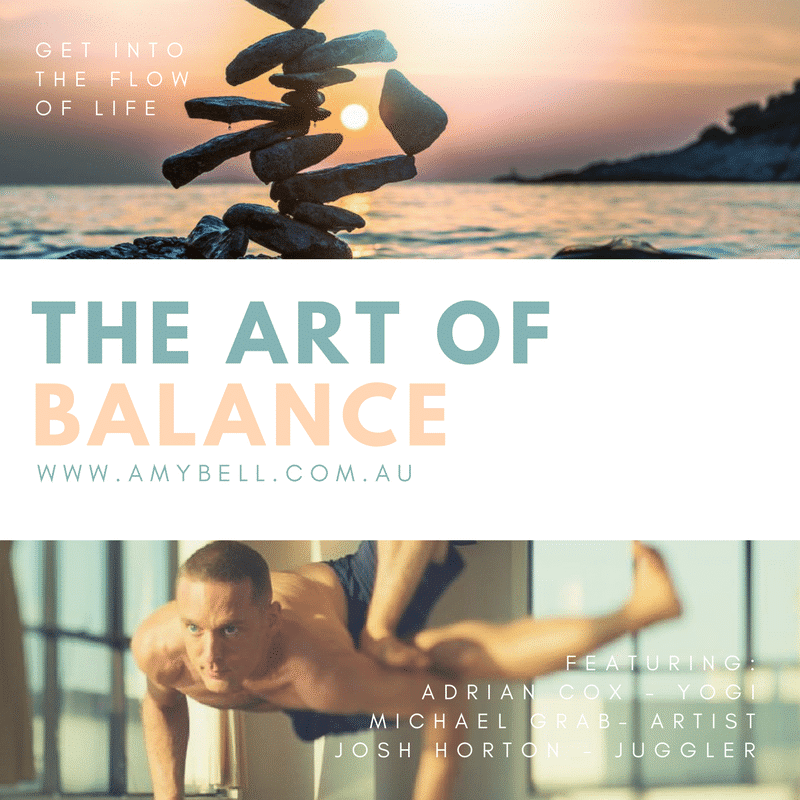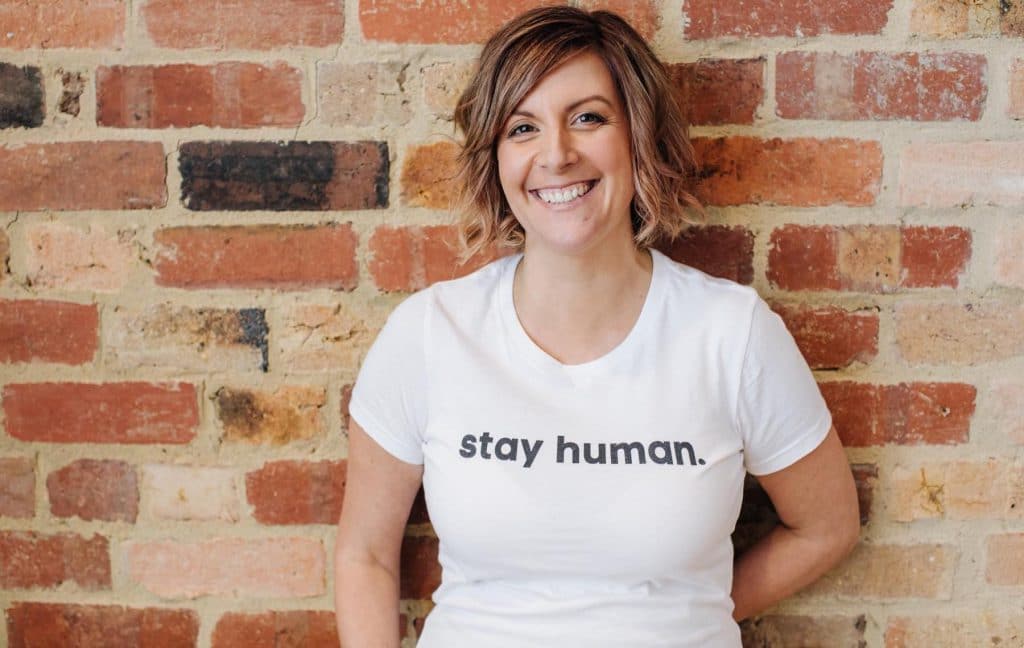I recently asked you to tell me what your single biggest challenge is. And what happened next kind of blew my mind. The message coming through was e-x-a-c-t-l-y the same from just about every single one of you. The zeitgeist has spoken!
Your Challenge:
You’re trying to navigate everything and life seems crowded. You’re juggling work and family demands and trying to squeeze in a little adventure and some “me-time” without feeling guilty about it. There’s not enough hours in the day and you never seem to get to those lower priority items on your to-do list. You’re struggling to find balance in life, achieve your goals, pursue your interests all while incorporating a level of self care and maintaining your energy levels to keep up with it all.
(Wow, I feel a bit frazzled even just writing that.)
Sound about right?
Over the next few months I’ll be devoting much of my blog space to helping you to develop skills in ‘the Art of Balance’ so you can get into the flow of life more easily and enjoy a rich and full experience without so much stress and frazzle.
I’ll be sharing wisdom from a yogi, a stone balance artist and a world class juggler.
What could they possibly know about your life?
Balance and juggling are just metaphors, right?
We’re not actually balancing and juggling the activities in our life.
Well, here’s the thing. There’s no such thing as just a metaphor. You see metaphors are really powerful things. They’re how our brains make sense of the world and shape our experience of reality. Just think about how pervasive metaphor is in our language. We talk about people we ‘look up to’ who are not taller than us. People we are ‘close to’, who aren’t even in the same room. We find some people warm and some people cold. We feel ‘waves’ of emotion. We ‘drift off’ and ‘fall” asleep. We even gesture using embodied metaphor, often when something is so deeply unconscious that we don’t have the words for it. (See George Lakoff and Mark Johnson’s text ‘Why cognitive linguistics requires embodied realism’ on metaphor, cognitive linguistics and embodied realism and ‘How Hearing Twisting my Arm Engages the Brain’ released by Emory Health Sciences)
We use metaphor to describe our approach to things, our behaviour, feelings and our thinking which are all easy access points for creating change.
So when we talk about balance and juggling in the context of modern life, they are metaphors we use to describe our experience of managing the activities we do in life. And there are a few different ways of creating change with metaphor. You can change the metaphor, which is something I will also explore in this blog series, or we can play inside the existing metaphor. We can take the principles of what’s essential in being really good at the physical skill of balancing and juggling and map them across to our busy lives to improve our abilities and experience in this particular context. This is what ‘the Art of Balance’ is all about.
So, coming up next – wisdom from a yogi, a stone balance artist, a world class juggler plus some NLP and life hacks from me.
Stay tuned and perhaps with a little know how and a little practice, you really can have it all.


